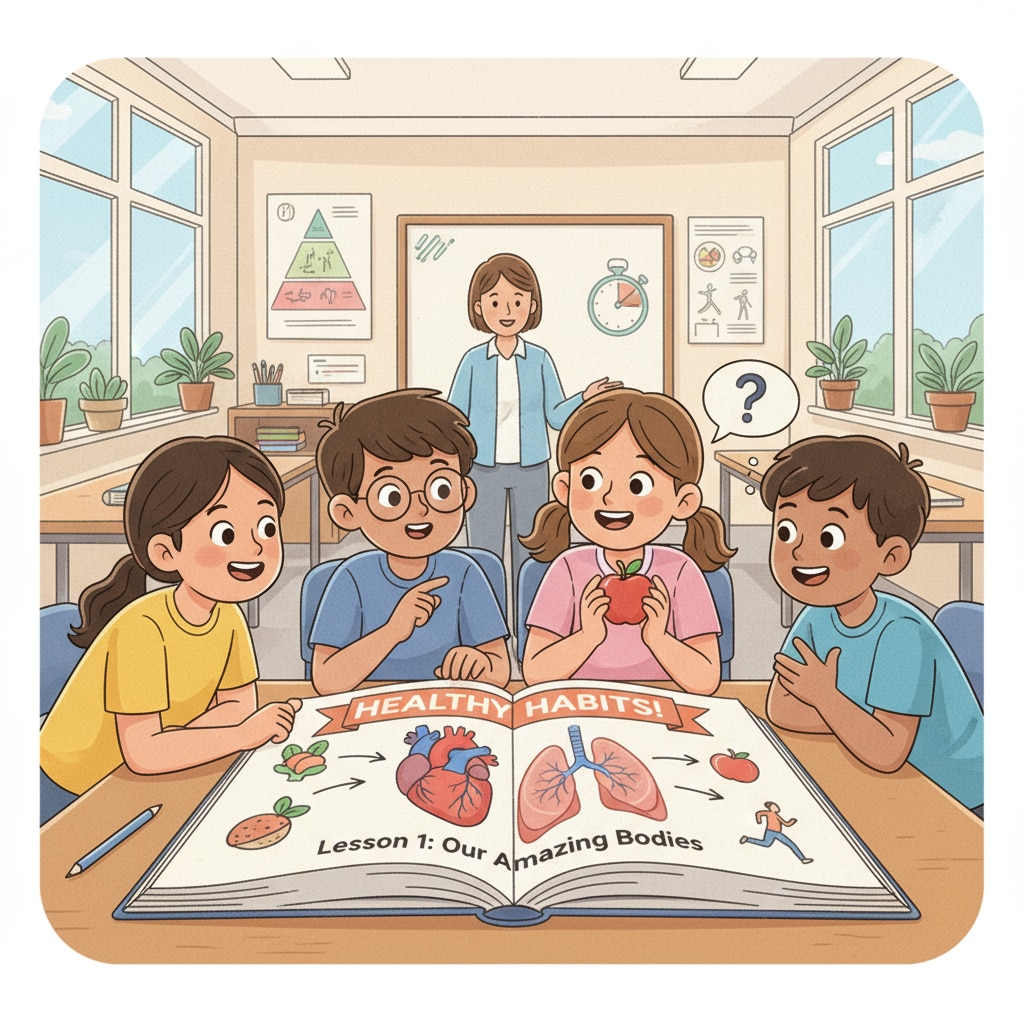Sex education within school education is of utmost importance for adolescent health. In contemporary K12 schools, the absence of comprehensive sex education is quietly affecting the healthy development of teenagers. This article delves into the phenomenon of schools avoiding comprehensive sex education and its potential hazards, while advocating for the establishment of an open, scientific, and age-appropriate sex education system to ensure the physical and mental health and safety of adolescents.

The Current State of Sex Education in K12 Schools
Many K12 schools today are still hesitant to incorporate comprehensive sex education into their curricula. According to Education Week, a significant number of schools either provide minimal sex education content or avoid it altogether. This lack is due to various reasons, including concerns from parents, conservative community values, and a lack of teacher training in this area. For example, some schools only focus on basic biological knowledge, ignoring important aspects like sexual health, consent, and relationships.
The Potential Negative Impacts
Without proper sex education, adolescents are at risk in multiple ways. Firstly, they may lack accurate information about their bodies and sexual health. This can lead to misunderstandings and risky behaviors. Secondly, without learning about consent, they may face difficulties in establishing healthy relationships. As reported by the Centers for Disease Control and Prevention, teenagers who receive inadequate sex education are more likely to engage in early sexual activity, which can have consequences for their physical and mental health.

In addition, the lack of sex education can also cause feelings of shame and confusion when dealing with sexual issues.
In conclusion, the current situation of insufficient sex education in K12 schools is a cause for concern. It is essential to break the silence and promote comprehensive sex education. By doing so, we can better protect the health and well-being of adolescents, enabling them to grow into informed and responsible adults.
Readability guidance: This article uses short paragraphs to clearly present ideas. Each section focuses on a key point related to sex education in schools and its impact on adolescents. Transitions like ‘firstly’,’secondly’, and ‘in addition’ are used to make the flow smooth, and external links are provided for further reference.


